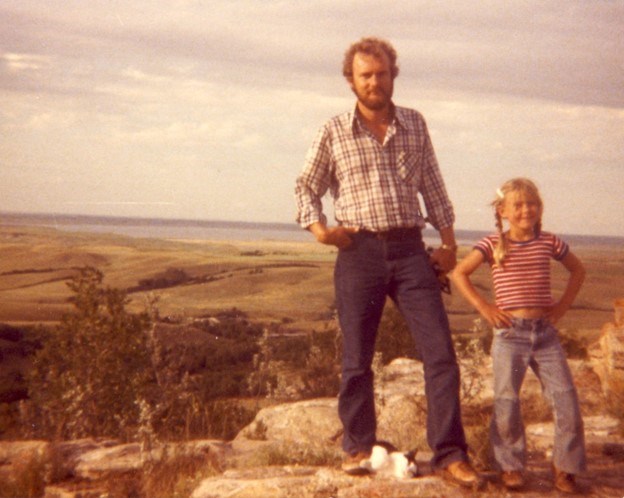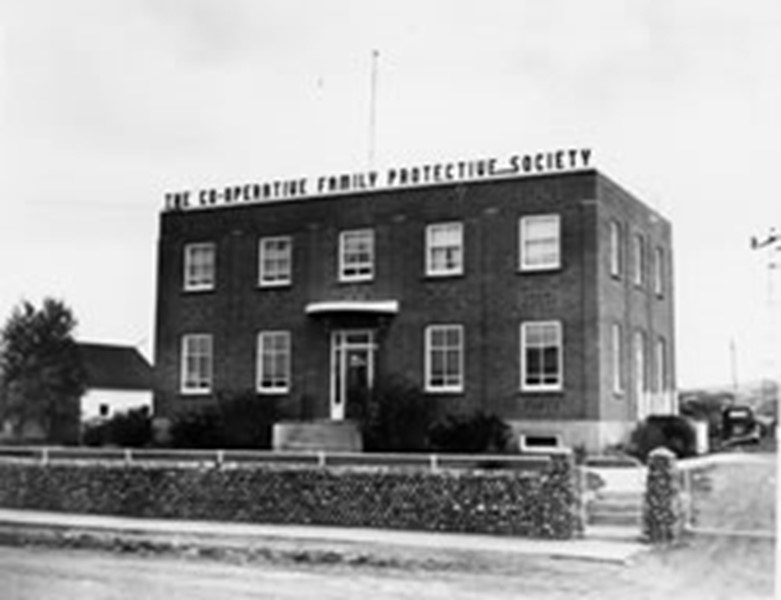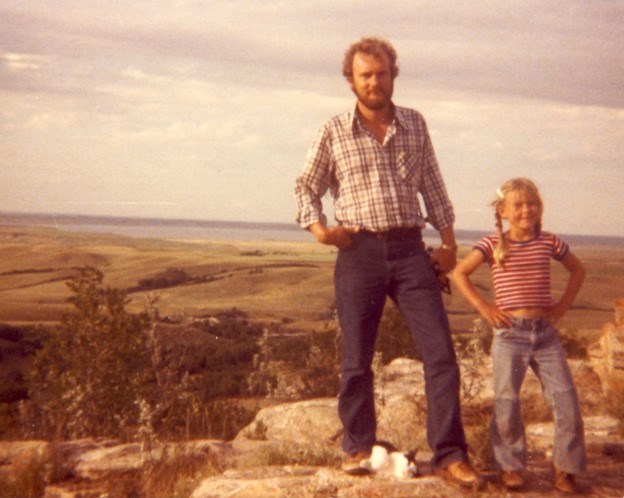Over the Winter of 1976-77 I wrote a teaching unit on Northern Great Plains Metis History. The northern boundary was from Lac Ste. Anne, Alberta to Duck Lake and followed the Carlton Trail to Red River. I used the Yellowstone River as the southern boundary.
In the summer of 1977, my two daughters and I drove to many of the places I’d written about. Their ancestors were French-Metis so it was a heritage tour of sorts. We drove from Red Deer to Saskatoon and angled down to Moose Mountain. We visited Montmartre to see the original homestead; then to Willow Bunch (Talle de Saule) to see the Great Aunt and Uncle who owned the hotel; then west to Saint Victor (La Coulee Chapelle) and on to Wood Mountain. I tried to follow the Metis trail west.
Thumb Nail Sketch of the History of the Northern Great Plains
I’ve been fascinated by and studied the history of the Northern Great Plains since I can remember. History can get bogged down with details – so here’s a very simple summary.
North of the Great Plains is ‘woodland’. There were many Indigenous groups, the main one being the Cree. Many ‘northerners’ hunted on the Great Plains but wintered in the woodlands.
The Hudson’s Bay Company, formed in 1670, slowly established trading posts starting at the Hudson’s Bay with York Factory the most important. Furs were exchange for European good.
French and English ‘free’ traders were ‘engaged by the HBC and traded for furs. Some remained independent. Many married local Indigenous women and the children of the French free traders were called Metis. By the early 1700s Free Traders were travelling all over the Northern Great Plain. In time St. Louis became a major trading hub.
The Bison (Buffalo) – The Primary Resource
For the Indigenous and Metis people of the Great Plains, Buffalo (Bison) was a critical food source (pemmican). Buffalo also provided many necessities of life, like hides for shelter. Buffalo were always moving. A successful hunt in the early years meant finding them or finding and chasing them over a Buffalo Jump.
Hunting buffalo, before the arrival of the horse in the eighteenth century, was difficult. The horse “technology” meant hunters could travel greater distances to locate Buffalo, often taking hunters into territory claimed by other groups. Conflicts occurred over this scarce resource.
Northern Great Plains history is shaped by the Buffalo
Competition for Buffalo led to conflict among competing groups. For example, The Shoshone had migrated to the Great Plains about 1500 but were pushed out by the Blackfoot (Blood and Peigan) in the 1700s. Blackfoot power grew on the Northern Plains. Plains Cree were also a growing force on the Plains. It was a constant dynamic.
Conflict: The Battle of the Grand (Missouri) Coteau, was fought July 13 and 14, 1851 between a huge band of Sioux and Metis Buffalo hunters from the Red River District.
Disease: Shocking Change – Between 1836 and 1840 Smallpox ravaged the Great Plains killing thousands and altering the ‘power structure’. Sioux grew more powerful. Blackfoot territory shrank.
The Smallpox was brought up the Missouri River from St. Louis to Fort Union on the Yellowstone by sick passengers on the steamboat S.S. St. Peter. (Daschuk, James, 2013). From the Journal of Fur Trader Francis Chardon: “Lewis and Clark had spent the winter of 1804 with the Mandan nation on the Missouri Rivers. This once proud, sedentary people, famous for growing corn, almost all died (of smallpox). By 1839 only 27 Mandan were alive.”
Disaster: No more Buffalo – The last Canadian buffalo hunts were in the 1870s – with limited success. The Bison were wiped out – a resource that sustained people for thousands of years.
References
Daschuk, James (2013). Clearing the Plains disease, politics of starvation, and the loss of Aboriginal life. Regina: University of Regina Press ISBN 9780889772977.
The Effect of Smallpox on the Destiny of the Amerindian; Esther Wagner Stearn, Allen Edwin Stearn; University of Minnesota; 1945; Pgs. 13-20, 73-94, 97
Metis Settlements Move West from Red River
Southern Saskatchewan – (The District of Assiniboia), was ‘settled’ by Metis in the 1820s. There were ‘conflicts within Indigenous groups’ and some Indigenous were allies of the Metis. Because of conflicts Metis settlement required a large group so they could defend themselves. The early settlements were ‘wintering places’ for these nomadic people.
The wintering locations had shelter, wood, good water and game. Some winter settlements, like Willow Bunch became permanent. A preferred spot is where the Willow Bunch Gold Course is today. (No, they didn’t golf – too busy.)
Economic and Cultural of Great Plains Restructured
The early 1800s were a time of significant change. Lewis and Clark set out from St. Louis, Missouri in 1804 and eventually reached the Pacific. Their report spread the word and the advances of commercial interest in the ‘upper Missouri’ accelerated. The ‘glory days’ on the Northern Great Plains were from about 1820 to 1867 – just two generations. With the Buffalo gone and settlement rapidly expanding, the life of the Nomadic Hunter was gone forever.
Co-operatives Among Metis and French
Credit Unions are one early example of a ‘co-operative’. People in early Saskatchewan pooled resources and borrowed for enterprise. The first Credit Union in Saskatchewan was ‘The Jewish Colonization Association’, begun in 1910. The second was La Caisse Populaire d’Albertville, northeast of Prince Albert (Sask. Achieves).
As settlements grew commercial coal operations grew in Willow Bunch, Wood Mountain and Shaunavon. This led to the formation of the Southern Saskatchewan Coal Operators' Association.
What else did Co-ops do? You’ll see!
On to St. Victor!
St. Victor Petroglyphs Provincial Park
St. Victor (La Coulee Chapelle) Saskatchewan is 37 kilometres south of Assiniboia. The community of 47 is a gorgeous little place, best know for the St. Victor Petroglyphs located on the high ground 2 kilometers south of town.
Looking north, the view from the Petroglyphs at St. Victor is the most spectacular in all of Saskatchewan. You can see for more than 37 Kilometers north to the Elevators at Assiniboia.
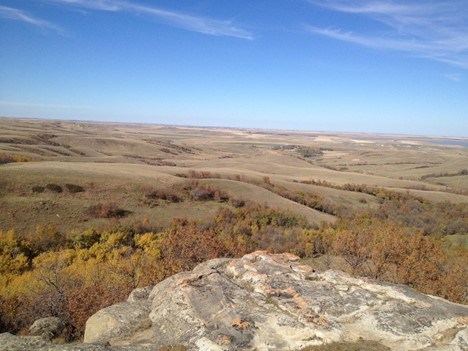
If you have never visited St. Victor Petroglyphs Provincial Park it is a must see. I drag all my visitors there and also to the Shurniak Art Gallery in Assiniboia.
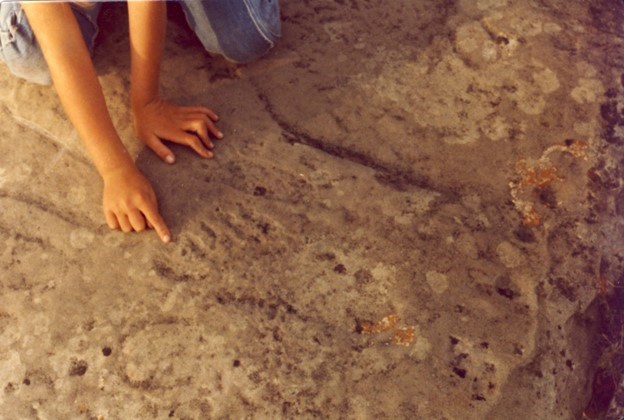
Large, Imposing Office Building in St. Victor
In 1977, I was impressed by the Petroglyphs but was shocked to see a huge, modern, empty office building on Main Street in St. Victor. What’s a vacant office building doing in St. Victor?
The building is still there. It was once an insurance company office.
The building was the original home of The Co-operative Family Protection Society – St. Victor. In the early years the local French and Metis formed this co-op to make financial aide available to families if a family member died. People joined the cooperative, put money in the investment ‘pot’ that took care of them in case of death. The money was invested and paid dividends. It was a good system and worked well. The bereaved were taken care of.
In later years the Government of Saskatchewan looked at the operation and told the folks they were running a Life Insurance Company and therefore, had to come under provincial regulations.
There is some confusion in the records on the dates. One source says it changed in the 1920s – but records show “The Co-operative Family Protection Society – St. Victor” still operating in the 1940s. Another source gives a later date.
Whatever the date, it appears the company changed its name to “Family Life Assurance Company – La Familiale, Compagnie D'Assurance-Vie” and was incorporated in Saskatchewan in 1963. It ceased operating in St. Victor in about 1977.
Again there is some confusion over when it moved from St. Victor. One story has the company sold and moved to Toronto and another has it sold and moved to Calgary.
Whatever the case – the company does not appear to be in operation today. Saskatchewan records show it ceased operation here in 1978.
The Great Wood Mountain Mutiny
At Wood Mountain my children mutinied! They’d had enough of history and travelling. They loved Wood Mountain and the ‘Cement Pond’ that served as a swimming pool in 1977. I gave in. They loved it. We stayed for three days and left, heading west on a road that disappeared into prairie.
We eventually found our way to the Frenchman River and had a soak. Next stop was Fort Walsh, where we camped. After Fort Walsh it was home to the Red Deer area.
This is me and one ‘Wood Mountain Mutineer’ at the St. Victor Petroglyphs, 1977
